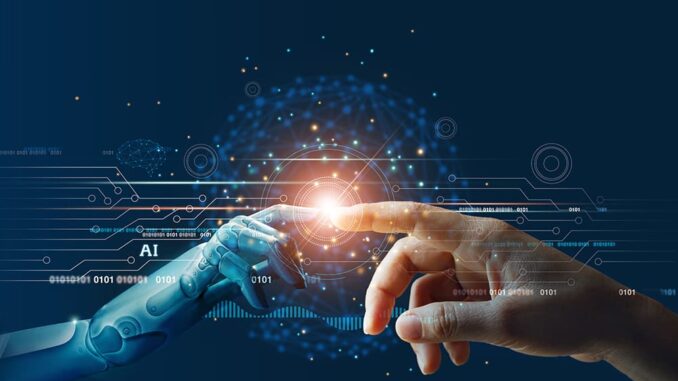
Combining AI with people analytics indeed creates a powerful approach for organizations looking to enhance their human resources (HR) strategies, improve employee engagement, and drive overall business performance. Here’s how this combination can significantly impact various HR functions:
### 1. **Enhanced Decision-Making** – **Data-Driven Insights**: AI can process vast amounts of employee data to identify patterns and trends that may not be visible through traditional analysis. This leads to informed decision-making in areas such as hiring, promotions, and talent development.










– **Predictive Analytics**: AI models can predict future workforce trends, employee turnover, and performance, providing HR teams with the foresight needed to proactively address issues.
### 2. **Improved Recruitment Processes**
– **Candidate Screening**: AI can automate the screening process, analyzing resumes and applications for specific criteria, thereby reducing bias and ensuring a focus on qualified candidates.
– **Skill Matching**: Advanced algorithms can match candidates to job openings based on their skills, experience, and organizational fit, streamlining the recruitment process and improving the quality of hires.
### 3. **Employee Engagement and Retention**
– **Sentiment Analysis**: AI tools can analyze employee feedback and engagement surveys to gauge sentiment and identify areas of concern, allowing HR departments to implement changes before issues escalate.
– **Personalized Development Plans**: People analytics, combined with AI, can offer personalized learning and development opportunities based on individual employee strengths and career aspirations, thereby increasing retention rates.
### 4. **Performance Management**
– **Continuous Feedback Loops**: AI-driven systems can facilitate continuous feedback processes, enabling real-time performance assessments rather than relying solely on annual reviews.
– **Goal Alignment**: AI tools can ensure that individual performance metrics align with organizational goals, fostering a culture of accountability and transparency.
### 5. **Diversity and Inclusion**
– **Bias Mitigation**: AI-powered analytics can help identify biases in hiring and promotion processes by analyzing data on employee demographics and outcomes, enabling organizations to take corrective actions.
– **Diversity Metrics**: Advanced analytics can track and report on diversity metrics across various levels of the organization, allowing leaders to measure progress and set actionable diversity goals.
### 6. **Workforce Planning**
– **Scenario Modeling**: AI tools can simulate various workforce planning scenarios based on historical data and predictive trends, helping HR leaders make strategic decisions regarding staffing, training, and succession planning.
– **Skill Gap Analysis**: By analyzing employee skills relative to future needs, AI can identify gaps and suggest training or recruitment strategies to fill them.
### 7. **Cost Savings and Efficiency**
– **Automation of Administrative Tasks**: AI can automate repetitive HR tasks, such as payroll processing and compliance reporting, allowing HR professionals to focus on strategic initiatives rather than administrative duties.
– **Optimized Resource Allocation**: People analytics combined with AI can help organizations allocate resources more efficiently, ensuring that the right employees are in the right roles at the right times.
### Conclusion
The integration of AI with people analytics holds the potential to transform HR practices, making them more strategic, efficient, and responsive to the needs of both the organization and its employees. By harnessing advanced data analytics, organizations can create a more engaged workforce, improve decision-making, and ultimately drive higher levels of business performance. As organizations continue to evolve and face new challenges, leveraging AI and people analytics will be crucial in maintaining a competitive advantage in the marketplace.

Leave a Reply